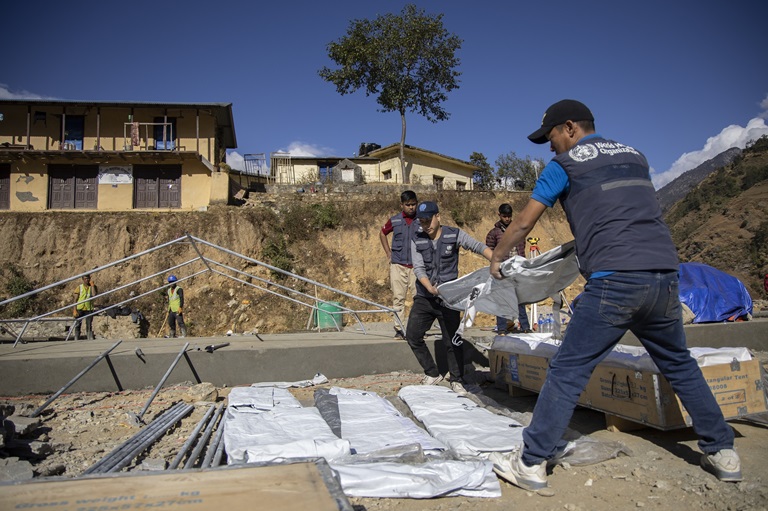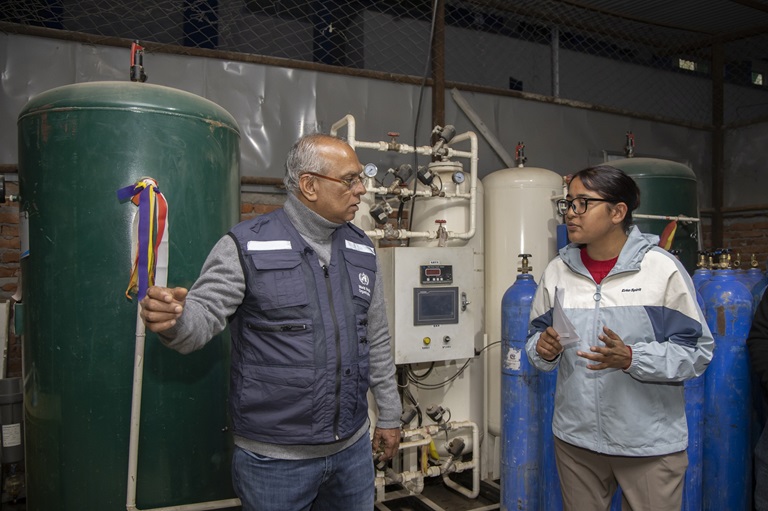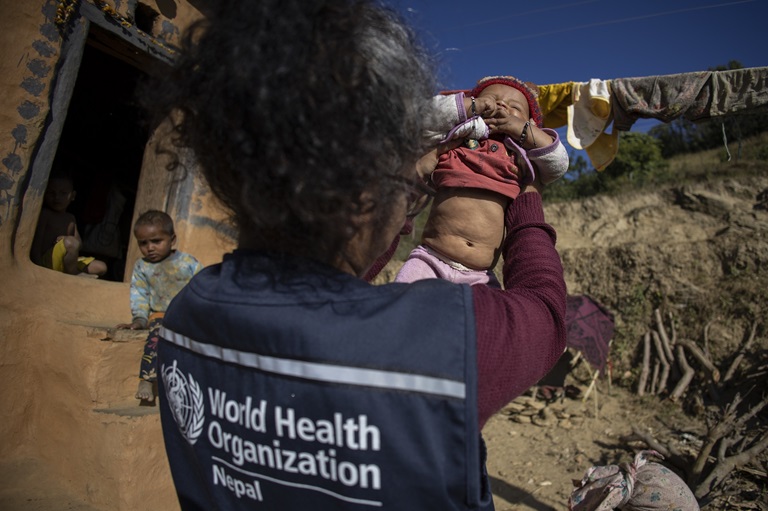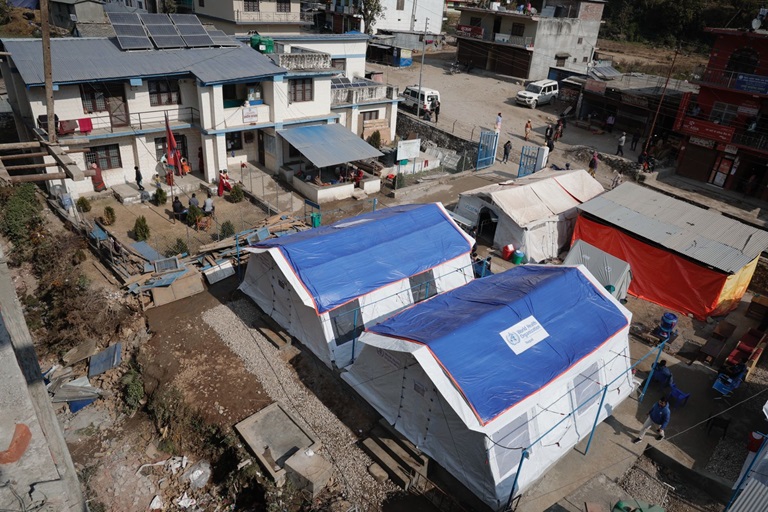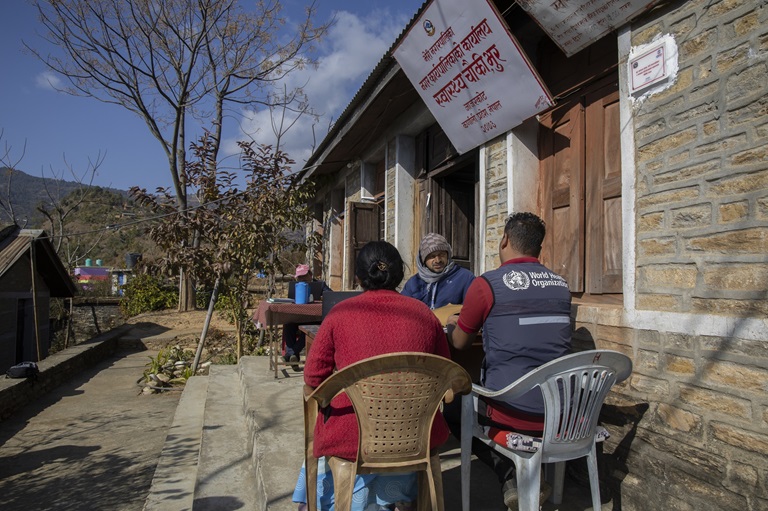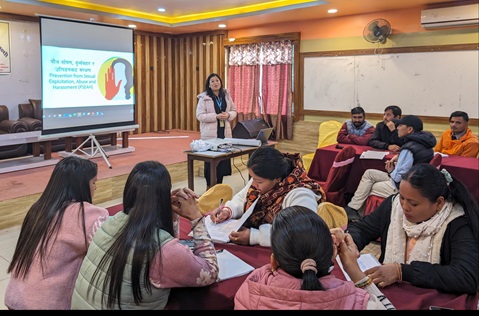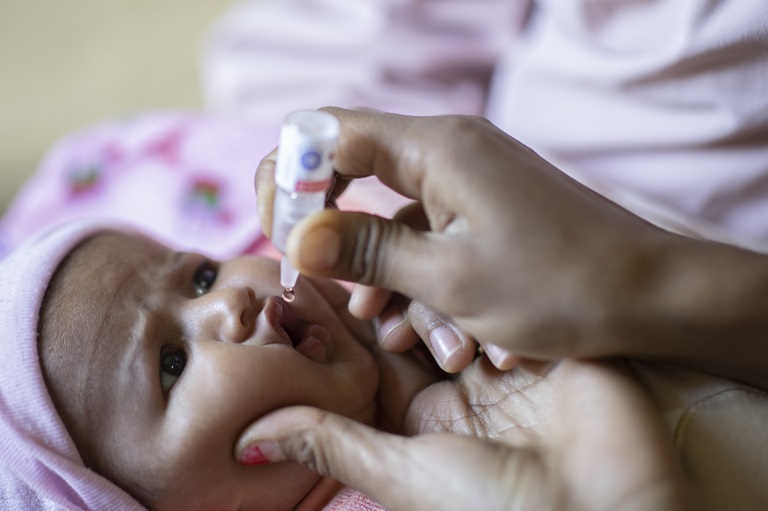WHO personnel have been continuously coordinating with representatives of the health section of affected municipalities and hospitals along with the Health Service Directorate of Karnali Province for needs identification, situation updates and information management. At the national level, WHO has been supporting to co-chair health cluster meetings.
Related Links
Weekly Collaborative Surveillance and RCCE Updates
Related Stories
Related Links


